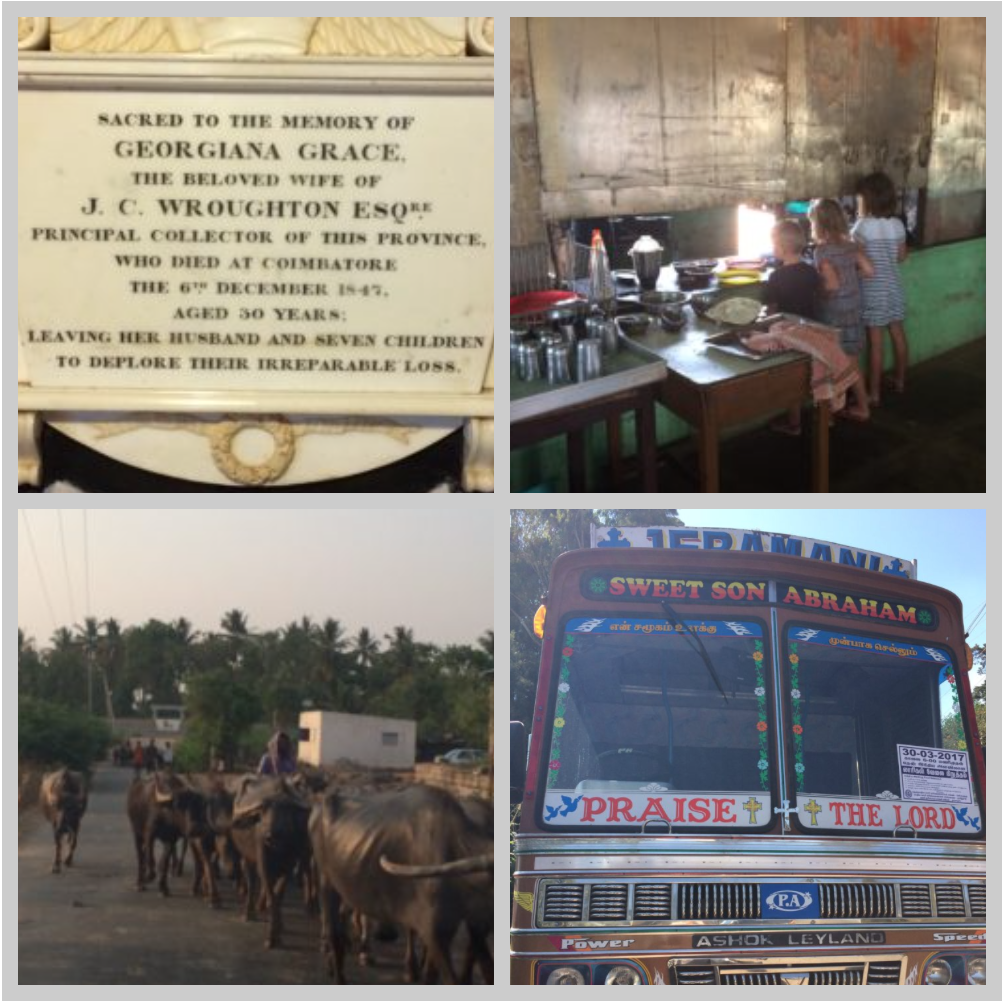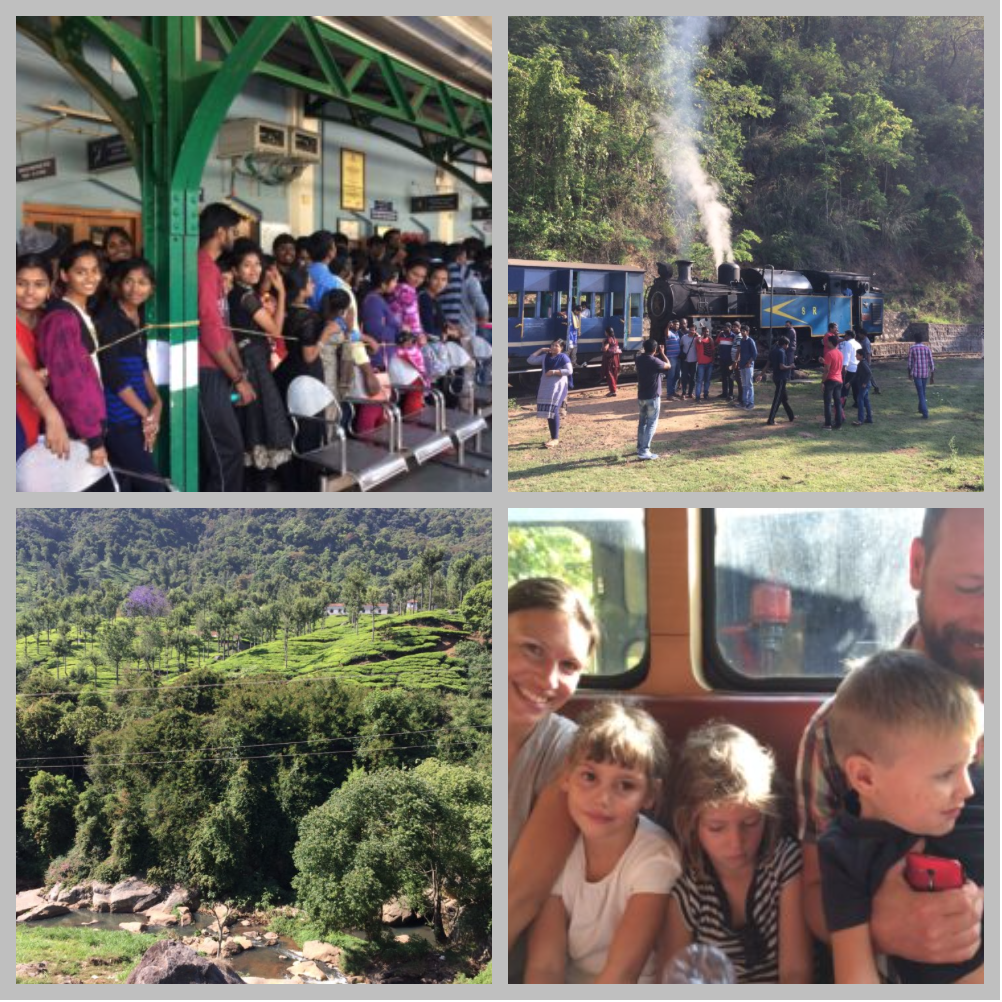Today I woke up in a BAD mood.⠀ It started when I realised that I still hadn't got rid of my sore throat and flu-like symptoms which meant I'd have to forgo yet another day of my usual exercises (stationary mama = bad mood mama). As the morning progressed and I snapped more frequently and with increasing irritation at family members, I could feel that my hormones were on the rampage (day 21 = bullshit radar is on full volume / minimum tolerance settings). I then discovered that the vastly expensive Xmas tree that arrived yesterday is covered in mud, totally lopsided and won’t stand up straight. And to top it all off, I spent most of the morning trying - and failing - to get my head around social media marketing. All of which left me in a bit of a tizz...
Luckily however, (for those around me), I’m now quite good at observing my emotions. So I knew that I did actually have a CHOICE about whether to continue down the road to overwhelm or whether to take quick remedial action.
And since it was too early for wine and I was too ill to go to yoga, I tried to channel my inner mindfulness guru instead:
i) I sat down on the floor (the nearer you can get to the earth the quicker you can 'ground')⠀ ii) I felt the support and solidity of the floor, and how it had 'got me'⠀ iii) I breathed: long, deep, slow, belly breaths⠀ iv) I said out loud, 3 times, along with my out breaths: “I feel supported” (3 is a sacred number and it’s always worth faking it until you make it)⠀ v) I looked outside at the trees: always there, strong but flexible, neither overwhelmed nor anxious, just alive ⠀ vi) I smiled (see above re faking it to make it)⠀ ⠀
And I felt better!
Because I had become present: aware of my body and its surroundings rather than letting my inner bully/depressive/neurotic run the show. ⠀ ⠀
I’ve also been staring at this photo, taken of our local beach this time last year when we lived in Koh Samui for a month. It reminds me that we CAN create our own reality and that anything is possible if you are bold enough: we dared to take our kids out of school, to take our jobs on the road, to pack up our house and exit the matrix, all in order to find our true selves on a year-long travel adventure. And we're back. And it worked.
So if any of you are also feeling a bit pants, try doing something that brings you into the now: stop, sit, ground, breathe, affirm and connect to Nature.
And remember, I’m there alongside you...⠀






























